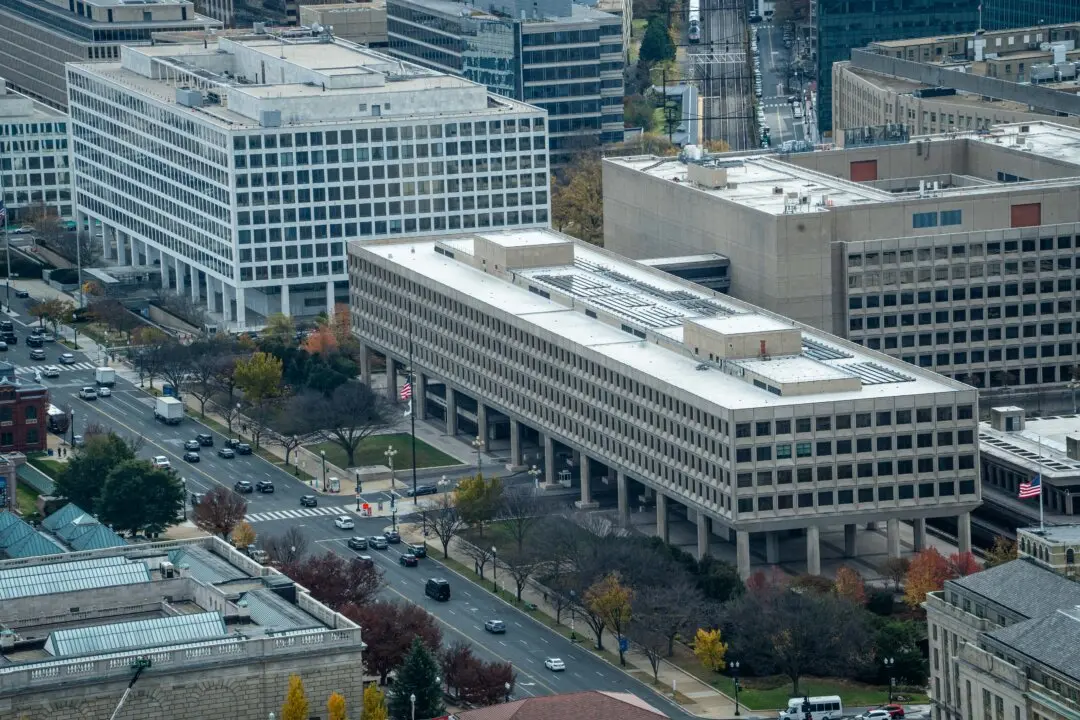The California Energy Commission approved a plan Aug. 9 to extend the use of the state’s last three gas-powered generating stations along the southern coast for another three years to avoid running out of electricity during summer months.
As the state races to reach its accelerated goals to switch its power grid to renewable energy sources by 2045, commissioners agreed to recommend keeping the fossil-fuel sources for emergency situations.





